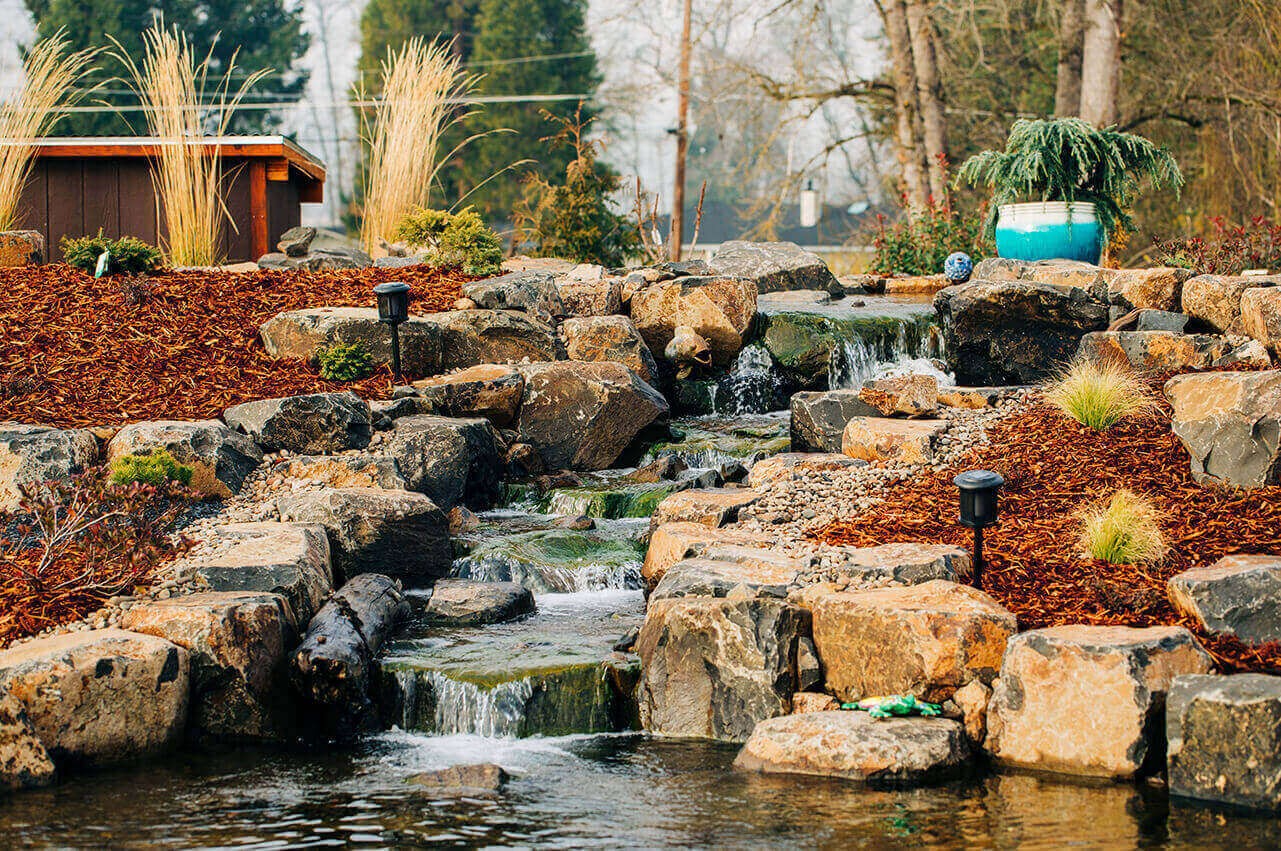Grants Pass
Web Design
Professional Website Design Company in
Grants Pass, Oregon
Why Choose Snappy Web Design
Snappy Web Design provides expert Website Development in Grants Pass, Oregon. Take your small business further.In the new digital age of business, functional and beautiful websites aren't a luxury, but a requirement. For most, the steep prices of custom websites warrant them unrealistic. Snappy Web Design is disrupting this reality by providing fast, modern, aesthetic, and inexpensive websites to small businesses owners, organizations, and creatives in the Grants Pass region.
Use Cases
By Category
By Type of Site
Ready to build a better web? The modern web has astounding capabilities, and we're excited to help bring your website up to speed. We offer custom website design, development, and SEO services starting at $1,000. Contact us today!
Grants Pass, Oregon
Grants Pass is located in the Rogue Valley; the Rogue River runs through the city. U.S. Route 199 passes through the city, and joins Interstate 5. The city has a total area of 11.03 square miles (28.6 km2), of which 10.87 square miles (28.2 km2) is land and 0.16 square miles (0.41 km2) is water.
Climate
True to its motto, "It's the climate!", Grants Pass has a Sunset Zone 7 climate. According to the Köppen climate classification system, Grants Pass has a hot-summer Mediterranean climate (Csa).
Summer days are sunny, dry and hot, with dramatic cooling at night; the average August high temperature is 88.8 °F (31.6 °C) and the low is 53.7 °F (12.1 °C). Winters are cool and fairly rainy, with only occasional snow; the average January high temperature is 46.6 °F (8.1 °C) and the low is 35.1 °F (1.7 °C). Grants Pass receives roughly 31 inches (790 mm) precipitation per year, with three-quarters of it occurring between November 1 and March 31. The mild winters and dry summers support a native vegetation structure quite different from the rest of Oregon, dominated by madrone, deciduous and evergreen oak, manzanita, pine, bush chinquapin, and other species that are far less abundant further north.
The record high temperature of 114 °F (46 °C) was on July 23, 1928. The record low temperature of −1 °F (−18 °C) was on December 9, 1972 until 1990 when it reached −3 °F (−19 °C). There are an average of 51.3 afternoons annually with highs of 90 °F (32 °C) or higher, eight afternoons reaching at least 100 °F (38 °C), and 77.5 mornings annually with lows of 32 °F (0 °C) or lower.
Measurable precipitation falls on an average of 110 days annually. The wettest "rain year" on record was from July 1955 to June 1956 with 50.69 inches (1,288 mm) of precipitation, and the driest from July 1923 to June 1924 with 13.43 inches (341 mm). The most precipitation in one month was 20.63 inches (524 mm) in December 1996, and the most precipitation in one day was 5.27 inches (134 mm) on October 29, 1950 – part of a two-day fall of 9.38 inches (238 mm) and ending a five-day fall of 11.26 inches (286 mm). There is an average of only 4.6 inches (0.12 m) of snow annually. The most snowfall in one month was 34.1 inches (0.87 m) in February 1917.
